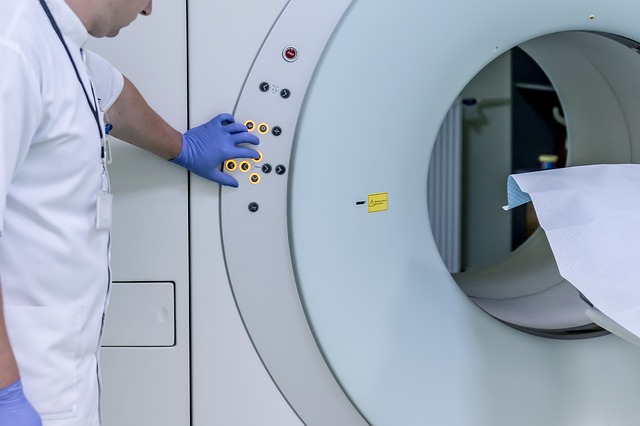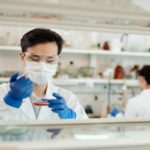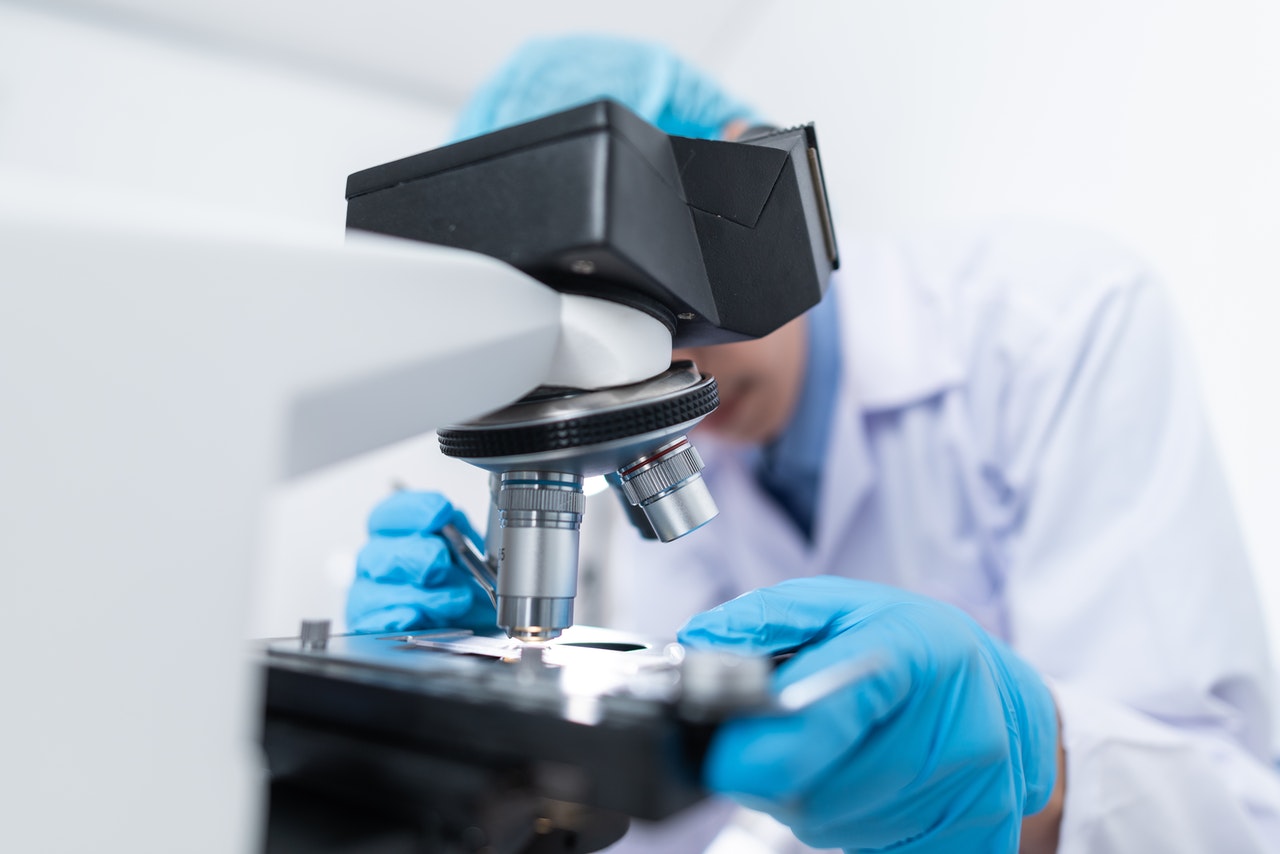Can Parkinson’s disease be completely cured?
Parkinson’s disease is said to be difficult to cure with current treatments. However, proper medication, rehabilitation, and surgery can slow the progression of the disease. Some patients tend to stay home because they can’t move as they want, but that makes their muscles and bones even weaker and worsens their symptoms. It also leads to the development of depression and dementia. It is very important for treatment to work with positive feelings
How to increase dopamine
Increase by action
Dopamine is secreted in large quantities from the brain when you feel happy with some “reward”. Specifically, by making the following activities conscious, you can promote the secretion of dopamine.
- Set and achieve goals
- Impressed by touching art such as reading and painting
- Satisfied with eating delicious food
- Relax by listening to music or taking a hot spring bath
Increase with meals
The raw material for dopamine is an amino acid called “tyrosine,” and consciously taking the following foods that contain a large amount of tyrosine in your daily diet will also lead to an increase in dopamine.
- Dairy products such as cheese
- Soy products such as natto, tofu, and soybean flour
- Nuts such as peanuts and almonds
- Fish and shellfish such as bluefin tuna, cod roe, and dried bonito
There are also reports that it was effective in preventing caffeine and polyphenol Parkinson’s disease contained in coffee, green tea, and black tea.
exercise
Parkinson’s disease causes movement disorders such as stiff muscles that prevent the body from moving as expected, and difficulty in balancing the body, making it easier to fall. Therefore, it is very important to exercise moderately, such as walking and gymnastics, to strengthen your muscles and joints. Also, by exercising, you can release stress and get a sense of accomplishment, which leads to the promotion of dopamine secretion from the brain.
What should I do if I have symptoms of Parkinson’s disease?
If you have symptoms
Diagnosis flow If you have symptoms of suspected Parkinson’s disease, first go to the hospital and see a doctor. Check ① to ④ to see if you have Parkinson’s disease, and your doctor will make a diagnosis.
Check for the following motor symptoms that are typical of Parkinson’s disease.
- Resting tremor with laterality (trembling limbs and chin)
- Rigidity (difficulty in moving limb muscles)
- Bradykinesia (slow movement)
- Postural gait disorder (walking in small steps, difficulty in balancing)
Are you taking any medication that causes Parkinson’s symptoms?
If you are taking antipsychotics, stomach medicines, nausea suppressants, or some blood pressure lowering medicines that suppress the action of dopamine, symptoms similar to Parkinson’s disease may occur.
Are there any abnormalities in the brain on CT or MRI?
If the test reveals cerebral atrophy or stroke, it is a disease other than Parkinson’s disease. In the case of Parkinson’s disease, no brain abnormality is found on CT or MRI.
Do Parkinson’s Disease Treatments Improve Symptoms?
Finally, try taking L-dopa or a dopamine receptor stimulant, and if there is improvement, you will be diagnosed with Parkinson’s disease.
Other inspections
- [MIBG myocardial scintigraphy]
A low amount of MIBG taken up by the heart muscle increases the likelihood of Parkinson’s disease.
- [Dopamine Transporter (DAT) Scintigraphy]
In Parkinson’s disease, the amount of DAT taken into the brain is reduced or the amount accumulated is asymmetrical.
- [Smell test]
In the case of Parkinson’s disease, the sense of smell is lost from an early stage.
Treatment flow
①: Rehabilitation
First, make sure that your daily life is not hindered by a movement disorder. If the condition is mild and there is no problem in daily life, rehabilitation to strengthen muscle strength and joints is performed under the guidance of a doctor or physiotherapist to maintain motor function.
②: Drug treatment progress
Start medication to replace dopamine. We will start taking L-dopa and dopamine receptor stimulants, but the doctor will select the most suitable treatment in consideration of the patient’s age, medical condition, and side effects.
③: When improvement is insufficient with surgical drug treatment or when it is difficult to continue drug treatment due to side effects
In this case, surgery may be selected. It has the effect of improving movement disorders, chronotype of symptoms, and dyskinesia (a symptom of unconscious movement of limbs and mouth).
Deep brain stimulation
In Parkinson’s disease, a part of the brain (globus pallidus) is activated and the movement is suppressed more than necessary, so that smooth movement is not possible. Therefore, by implanting electrodes in the brain and electrically stimulating them, the activity of activated nerve cells is suppressed. Although there is a demerit that foreign matter enters the body, there are few complications associated with surgery, and there is an advantage that stimulation can be adjusted. Destruction technique Directly heat-destroys unnecessarily activated nerve cells. Although surgery can be completed in one operation, it can cause irreversible complications because it destroys tissues in the brain. People who take L-dopa to some extent and who are younger tend to have a higher surgical effect. However, surgery does not prevent the dopaminergic nerves from breaking, so symptoms gradually progress after surgery.
Summary of treatment for Parkinson’s disease
Parkinson’s disease can be slowed down by undergoing appropriate medication, rehabilitation, and surgery in this way. Recently, clinical trials have been conducted in which dopaminergic nerves made from iPS cells are transplanted. In addition, treatments that introduce dopamine-producing enzymes and nerve-growth genes into the brain have achieved some success. In addition, clinical trials of vaccines that remove abnormal substances that accumulate in the brain of Parkinson’s disease are being conducted. Once the efficacy and safety of these treatments are confirmed, there will be more options for treating Parkinson’s disease. Don’t give up, let’s face the treatment with a positive feeling.
References
・Illness can be seen vol.7 Cranial nerves (published by Medic Media Co., Ltd.)
・Parkinson’s disease clinical practice guideline 2018 (Japanese Society of Neurology)
・ Stacey E.Seidl, et al.Theemerging role of nutrition in Parkinson’s disease.Front.AgingNeurosci.2014; 6:36 ・ TanakaK, et al.Intake of Japanese and Chinese teas reduces risk of Parkinson’s disease.Parkinsonism Relat Disord. 2011; 17 : 446-450.
・ Tomoyuki Orishige; Recent Examinations for Parkinson’s Disease, Treatment Geriatrics, 2016



